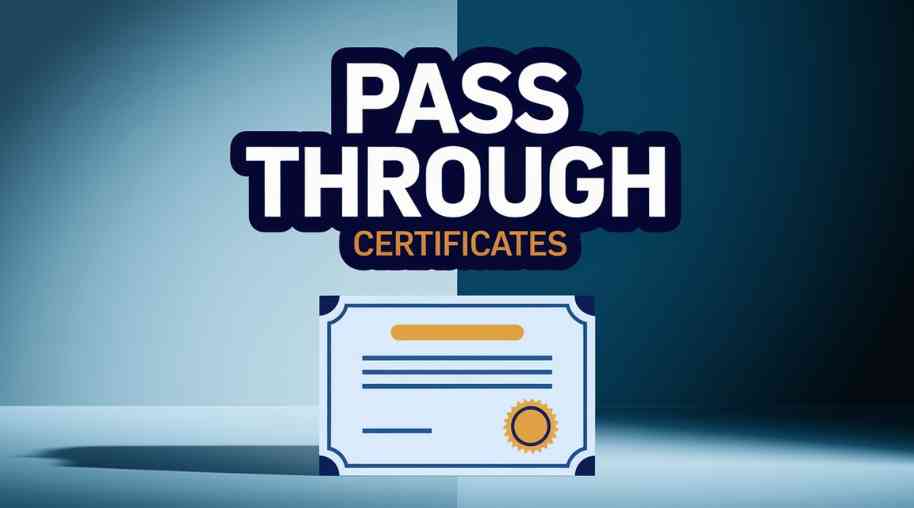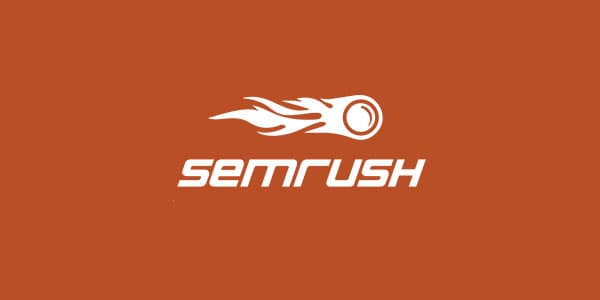PHP Full Form
0 4296
PHP is an antonym for Hypertext Preprocessor i.e. A server-side Scripting language specifically designed for website development that manages server-side scripting/server requests and also used for developing web applications.
It acts as an open source scripting language which is easily integrated with HTML to create dynamic web pages, e-commerce websites.
The strength of PHP is its capabilities to access databases i.e. the ideal language for database applications. It allows more than 10 advanced databases accessing including MySQL, Oracle, PostgreSQL and many more.
One can effortlessly manipulate entire information of those databases. Moreover, it also supports an open database connection standard through ODBC extension.
PHP Features:
- The syntaxes of PHP are identical with the C programming language
- PHP supports a wide range of protocols like IMAP, POP3, etc
- Contain GC-enable functions and memory for garbage collection
- Semicolons are used for termination
- PHP is user-friendly language as a comparison to another scripting language
- PHP does not need compilation as it is an interpreted scripting language
- PHP makes the web designing faster as a comparison to another language such as JSP and ASP
- PHP is an open source language
- PHP is compatible on every platform including Linux, MacOSX etc.
- PHP permits real-time access monitoring.
- PHP contains predefined constant for generating error reports.
Advantage of PHP:
- Improve website performance
- Flexible
Application of PHP:
- Command-line scripting
- Server-side scripting
- Writing desktop applications
Instant status of PHP:
The present version is PHP 8.0.2 / 4th February 2021
Features of PHP 8.0.2:
- Fatal errors are converted into errors
- Supports 64-bit
- Enriched exception hierarchy
- Anonymous classes
- Contains secure random number generator
- Improved performance
- High flexibility
- New operators named as Spaceship operator and Null coalesce operator are integrated
- Preloading
- No backward issues
- Integrated zend engine
- Namespace
- Spaceship operator
Difference between PHP and Python:
Since Python and PHP are both server-side languages and many IT companies implement these languages for their major projects.
Big companies including Google, Dropbox, Facebook, NASA, Yahoo, Mozilla, Dropbox implement Python languages whereas the companies including Accenture, Live ramp hort on works, and Birchbox etc. are a list of the prominent companies using PHP language.
Both languages are almost identical except syntaxes and some features. Some of the differences are given below.
| PHP | PYTHON |
| It is not fully object-oriented language, containing functions that are a procedure in nature | It is not web-based, it is fully based on an object-oriented language |
| Less flexible programming | More flexible programming |
| Uses special packages to load libraries | Need manual libraries loading |
| Less secure | More secure |
| Only restricted on website designing | Supports GUI used in web development and clean-up files and directories |
Challenges of PHP:
- PHP language faces some error challenges when it comes to providing high flexibility
- PHP does not support Multiple inheritances
- It does not support operator overloading
- The error handler is not given value
- No Unicode

Share:








Comments
Waiting for your comments